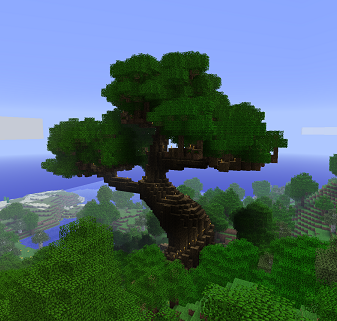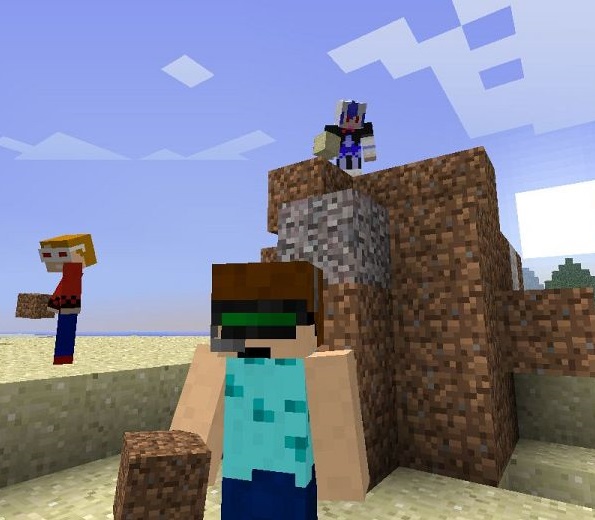Study digs up educational use for Minecraft
 Research shows teachers can use the hugely popular computer game Minecraft to help teach maths, design, art and geography.
Research shows teachers can use the hugely popular computer game Minecraft to help teach maths, design, art and geography.
A study at the Queensland University of Technology (QUT) has shown that not all games are a destructive distraction from learning, but in the case of Minecraft can actually help teachers get across complex topics with their students.
Associate Professor Michael Dezuanni has told the ABC that his research shows Minecraft could be moved out of playtime and in to the learning space.
“I've had the opportunity over the last couple of years to work with a couple of schools using Minecraft in the classroom,” he said.
“We've seen some real success with engagement, problem solving students, with design and their creative work.
“The teachers working with those students have been quite impressed by the way students work with the game as well.”
Professor Dezuanni said the non-violent and instantly engaging game teaches teamwork and resilience.
“It's best to think of it as a sort of digital Lego,” he said.
“You enter a world and you have to gather blocks which become your resources, you do that by mining, and each of those items is a block.
“You then craft those mines into various items. You start off with the basics and over time you develop more resources so you can do more in the game. The ultimate objective is to build more impressive structures.
“You actually can't really win Minecraft. You get to share what you've created with others.”
Professor Dezuanni said it had a lot of potential in the classroom.
“There are teachers who are developing maths challenges within Minecraft. People are [also] teaching geography skills, because you are in a world that is an open space and you can navigate that space,” he said.
“People are developing social studies knowledge and skills. In one of my projects for instance we had the students break into two groups and they then had to each create a village.
“They had to collaborate and cooperate to actually be successful in terms of their small society surviving. So all those are rich ways in which you can align activity in the game to the curriculum.”
He said Minecraft was particularly effective for students who do not respond well to traditional classroom teaching.

“One of the things that teachers were most excited about, was that it involved students who weren't traditionally successful in the classroom, so suddenly these students were successful, the other students saw them as leaders in the classroom," Professor Dezuanni said.
“They saw that they could learn something from those students and it turned the tables in many ways in terms of who were the high achieving students in the class. So it absolutely helped the students develop their self-esteem as learners.
“Too often we are told that we need to go back to basics and that's fine, certainly we do need basics in the classroom. But at the same time we need digital basics as well.”








 Print
Print